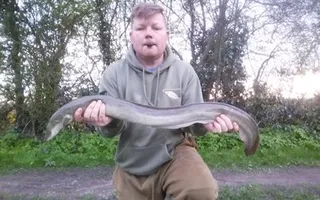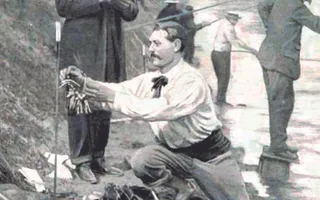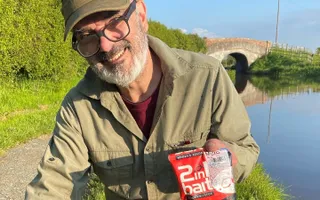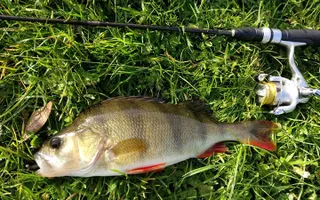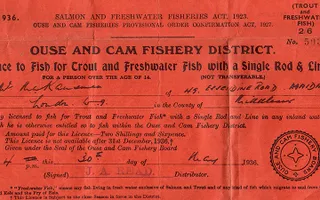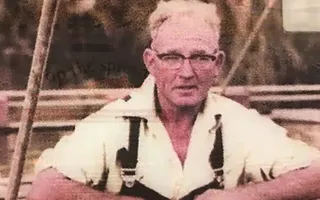Keep updated with the thoughts and work of the fisheries team.
The fishing adventures of the Zimbabwe flag bearer, Matthew
Young Matthew Taderera carried the hopes of a nation and its colourful flag at the 2023 Daiwa Global Communities Celebration. Find out what happened.



